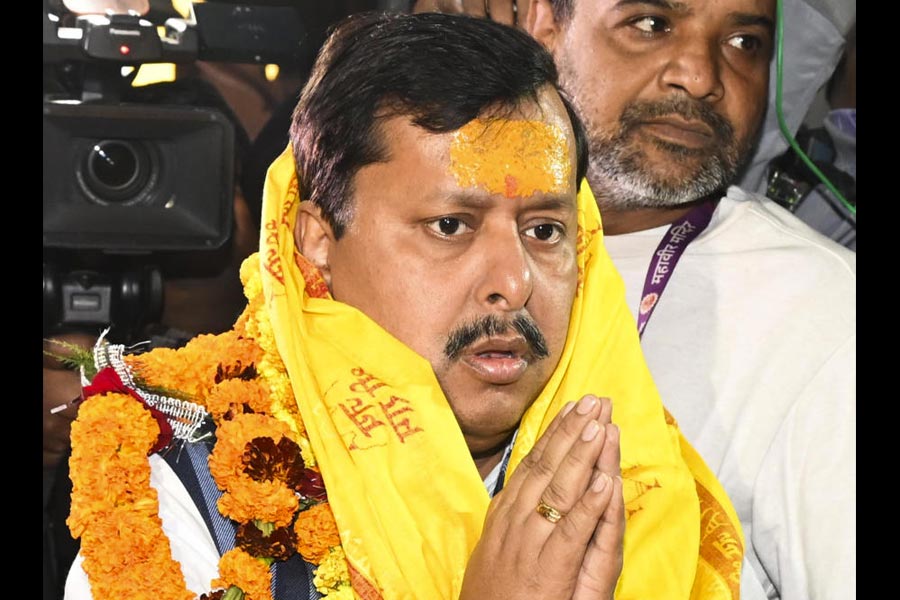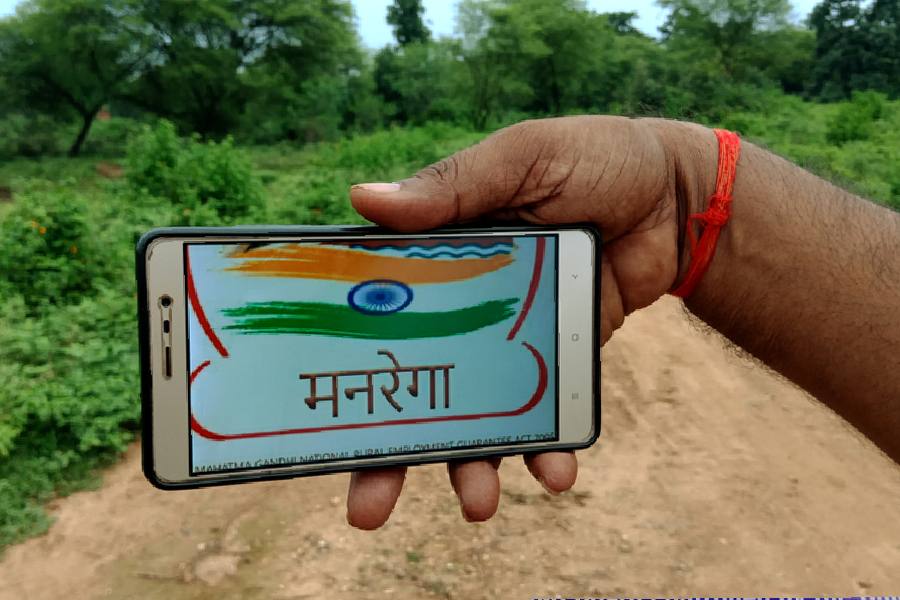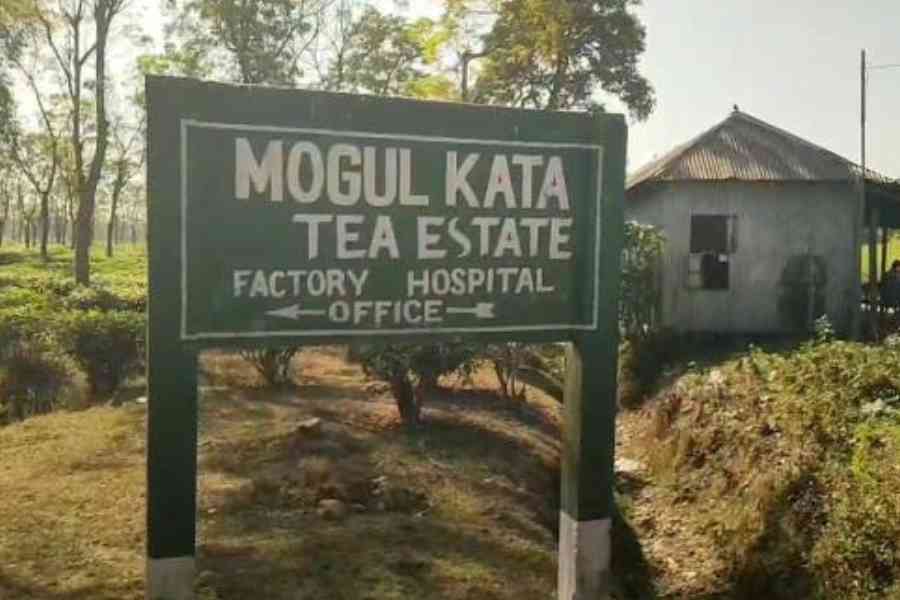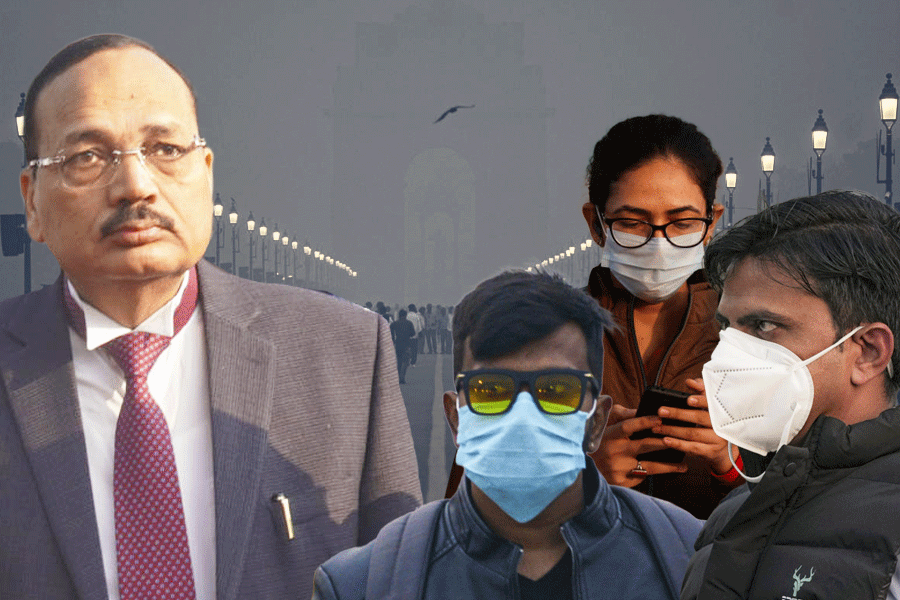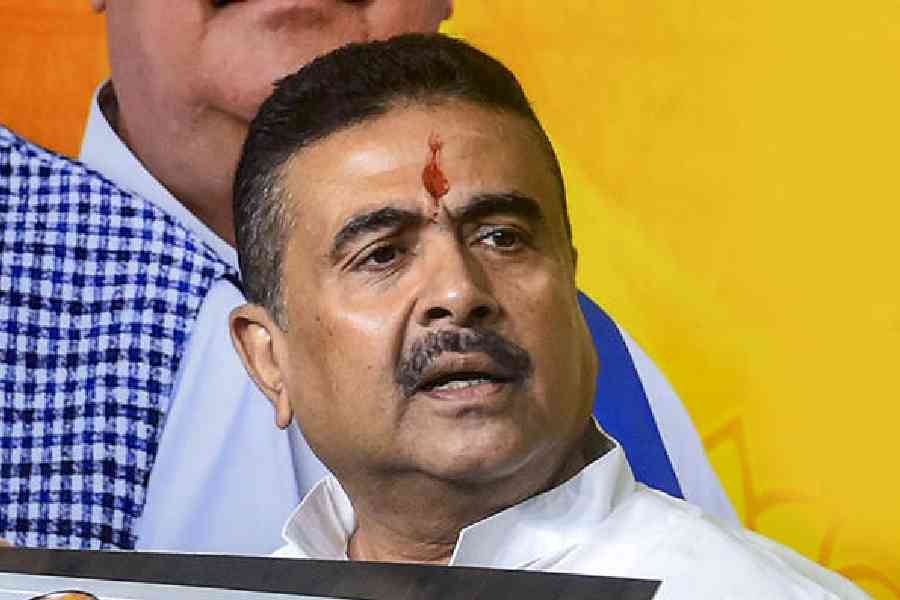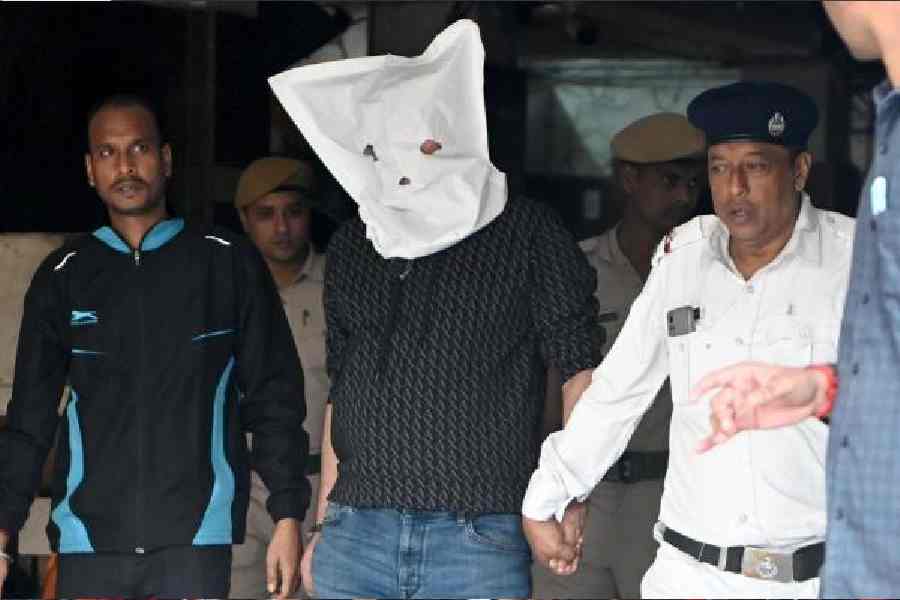 |
 |
| Kolaveri Di star Dhanush’s national award-winning performance in star director Vetrimaaran’s (above) Tamil film Aadukalam is part of the resurgence in regional cinema |
The name is Dhanush and he needs no introduction — unless you’ve been hanging out on a distant desert island for the last few months. But there’s a good chance that you probably didn’t know that that man at the mike is also an up and coming Tamil star who became the youngest person to pick up a national best actor award last year.
Dhanush received the award for his dramatic performance as K. V. Karuppa, a young man caught in the unpleasant underbelly world of cockfighting in Madurai, who falls prey to the almost Shakespearean hubris of his mentor. The movie was Aadukalam directed by Tamil film industry’s rising star, director Vetrimaaran. It won six national awards — including best director and best screenplay for the two-film-old Vetrimaaran — and rang in the big bucks at the box office too.
Or take a look at the Nana Patekar-starrer Deool. Audiences are still flocking to theatres in Pune and Mumbai to watch Marathi director Umesh Kulkarni’s tale about change and development in a Maharashtra village. Deool (The Temple) released in November along with Ra.One — and it made a record Rs 2.5 crore in its first week — and it’s still going strong.
Aadukalam and Deool represent the new resurgence that’s taking place in regional cinema across India. You could even call it the second New Wave. At one level, the movie industries from Bengal to Tamil Nadu to Maharashtra and even Punjab are witnessing rapid growth. More importantly, a spate of young voices is emerging and taking movies in new directions and even straddling the divide between art house and commercial — successfully.
Take a look at Salim Ahamed, 39, who saved and scraped for 10 years to finance a film of his own. Now, Adaminte Makan Abu (Adam’s Son Abu), his touching Malayalam story about an aged couple’s dream of performing Haj, which won four National Awards, is India’s entry to the Oscars this year. “Any recognition it gets feels good,” says the unassuming director.
 |
 |
| New wave Marathi film director Umesh Kulkarni’s (above) latest film Deool, starring Dilip Prabhawalkar and Nana Patekar, is a hit with the critics and a box office winner. Pix: Gajanan Dudhalkar |
In Calcutta, meanwhile, the countdown has begun for two-time national award-winning director Aniruddha Roy Chowdhury’s Aparajita Tumi. The Prosenjit-starrer promises to offer yet another sensitive exploration of human relationships by Chowdhury, who, along with directors like Anjan Dutt, Srijit Mukherjee and Kaushik Ganguly, is at the vanguard of the fresh sensibility seen in recent Bengali cinema.
Clearly, these are exciting times for regional cinema. Says Nina Lath Gupta, managing director, the National Film Development Corporation (NFDC): “A tremendous amount of talent is emerging from everywhere. There’s a desire to tell stories in one’s own language.”
These new directors are experimenting with fresh themes and bringing in new sensibilities. “Indian cinema is much more vibrant today,” says world cinema distributor Sunil Doshi.
The change is evident everywhere — even in the relatively underdeveloped Punjabi cinema. Take Gurvinder Singh’s Anhey Ghorey Da Daan (Alms For the Blind Horse), which became the first Punjabi film to compete at the prestigious Venice Film Festival in September. It won the Special Jury award at the Abu Dhabi Fest.
Celebrated cinematographer Madhu Ambat, who worked on Adaminte and is guiding its Oscar campaign with Resool Pookutty, says: “Adaminte has already opened several avenues for newcomers in Malayalam cinema.”
Meanwhile actor-producer S. P. B. Charan is trying to make a mark in mainstream Tamil films. Last year, he produced the award-winning Aaranya Kaandam, a gritty take on the Chennai underworld starring Jackie Shroff as an impotent don. Charan says: “Mainstream Tamil cinema is all about big stars and budgets. No one’s willing to take a chance. But I want to do movies that haven’t been made before.”
 |
 |
| Debutant Malayalam director Salim Ahamed (above) has made it straight to the Oscars with Adaminte Makan Abu |
True, regional cinema has always produced greats like Satyajit Ray, Adoor Gopalakrishan and Shaji Karun. And Tamil cinema is the second-largest industry after Hindi films. But now, the number of films in languages like Bengali, Marathi and Punjabi is also growing.
Several factors are working to reinvigorate cinema across the country. There’s the increased exposure to world cinema among directors and audiences. Says ad filmmaker Gyan Correa, who’s making a road movie in Gujarati: “The world is full of regional cinema.”
Then, a revived NFDC under Gupta is pushing its film development mandate. In the last five years, NFDC has produced 20 films in languages like Konkani, Bhojpuri and Tamil. It’s currently producing 12 films including ones in Assamese, Bengali and Malayalam. There’s even an international co-production in Punjabi, Qissa, starring Irrfan Khan. “Our mandate is to promote talent around the country and these films reflect contemporary Indian storytelling,” says Lath.
Take Correa’s The Good Road produced by the NFDC. Correa, who’s been making ad films for 20 years, likes to turn the lens on ‘real stories set in the real India’.
Set in Kutch, the film is about three sets of people — including three children from very different worlds — whose lives intersect while travelling on a highway. Correa made it in Gujarati because he feels regional cinema provides “a platform” to paint “realistic portrayals of people and their encounters with life”. “I’m interested in people, in how they think and handle situations,” he says.
Interestingly, the cast of directors around the country is coming from different professions. There are the men who’ve built up reputations making advertising films like Correa, Chowdhury and Krishnan Seshadri Gomatam, who made the first “metro” film in Tamil, Mudhal Mudhal Mudhal Varai (M3V). Others like Vetrimaaran, Ahamed and Marathi director Satish Manwar have worked in television.
 |
 |
| NFDC is encouraging new voices to explore regional cinema like ad filmmaker Gyan Correa (above), who’s making The Good Road in Gujarati. Pix: Gajanan Dudhalkar |
But these modern filmmakers are making full use of global opportunities and are heading off to international film festivals to earn critical appreciation. For instance, Manwar’s film festival hit Ghabricha Paus (The Damned Rain), a black comedy on farmer suicides in Vidarbha, released in France last year.
At home too, audiences are proliferating. Multiplexes in cities like Calcutta are showing more regional films. And regional television channels offer additional revenue streams.
The resurgence is most evident in Marathi cinema with its growing tribe of critically acclaimed directors and increasing number of commercial films. The change began with Sandeep Samant’s film Shwaas in 2004, which inspired a generation of directors from Nishikant ‘Dombivli Fast’ Kamath to Paresh Mokashi of Harishchandrachi Factory fame.
But the most visible face of the new wave Marathi cinema is Kul-karni, who’s been making waves ever since his award-winning FTII diploma film Girni. Kulkarni was studying to be a chartered accountant until he realised that he could combine his wide interests in theatre, painting, music and arc-hitecture in cinema.
Kulkarni’s successfully evoked rural Maharashtra — and the Sayhadri landscape — in his films from the debut Valu to the award-winning Vihir. Now, he’s released Deool in which a village simpleton’s dream of building a temple is manipulated under the garb of development. “I want to tell my own stories,” says Kulkarni.
 |
 |
| Gurvinder Singh’s (above) Anhey Ghorey Da Daan became the first Punjabi film to compete at the Venice Film Festival> pix: Gajanan Dudhalkar |
Like Kulkarni, Manwar too says: “I want to make films that are a part of my culture.” Manwar, who grew up in Yevatmal, Vidarbha, admits he loves Hindi films. But, he’s also influenced by European cinema. That’s why he decided to make films in Marathi. Still, it took four years to find a producer for Ghabricha Paus. When it released in 2009, the film was a hit.
Now, Manwar is shooting his next film, Tuhya Dharm Koncha, a black comedy on religious conversions. And Kulkarni’s producing Masala, which is directed by his friend Sandesh Kulkarni.
The regional resurgence isn’t only about arthouse cinema though. Tamil directors have been experimenting with themes and techniques in mainstream films like Sasikumar’s Subramaniapuram. Even in Malayalam, commercial directors are doing unusual films like Aashiq Abu’s recent Salt N Pepper, a comic romance between two foodies.
And Vetrimaaran spent 18 months in Madurai imbibing its cockfighting culture before recreating it in Aadukalam. But he reckons that financial success is crucial. “I feel an investor who backs my idea should get his return,” he says.
Commercial success or failure wasn’t a consideration for Adaminte’s Ahamed. He based the story about a septuagenarian couple’s attempts to go to Mecca without borrowing money on an encounter he had while working with East West airlines. (He moved from the travel industry to television in 2004.) Now, in keeping with the film’s spirit, he’s refused to take loans to fund his Oscar campaign. He’s been dashing about accepting awards in Dubai one moment and holding screenings at Los Angeles the next.
Tamil and Malayalam films are, of course, established industries. But other regional cinemas are also growing. The number of commercial Bengali films has increased almost four-fold in the last five years. Moreover, there’s the new strain of successful serious films starting from Chowdhury’s Anuranan and Anjan Dutt’s The Bong Connection. Since then, several young directors have bridged the mainstream-arthouse divide.
 |
 |
| Aniruddha Roy Chowdhury’s (above) upcoming Aparajita Tumi is part of the new age Bengali cinema that’s winning over critics and audiences. Pix: Gajanan Dudhalkar |
“The audience demands good stuff today and directors are reciprocating,” says Chowdhury, whose Aparajita Tumi explores the relationships between two Bengali American couples. “I believe that a film is nothing but your take on moments in life,” he says.
Of course, the picture is not entirely positive. Arthouse director Singh, whose Anhey Ghorey captures the helplessness of Dalits in a Punjab village, says: “It’s important that regional films are made. But the situation is still challenging.” The Film and Television Institute of India (FTII) graduate and documentary filmmaker became fascinated by cinema only after moving to Pune as a student. Later, after FTII, a four-year stint documenting folk balladeers in Punjab opened up the state’s reality. “I had hardly any connection with Punjab till then. But now I can’t imagine making a film in any other language,” says Singh.
Produced by NFDC, Anhey Ghorey is based on a novel by Gurdial Singh. Singh roped in renowned filmmaker and his mentor Mani Kaul as creative producer. Unfortunately, Kaul, who died of cancer, only saw 10 minutes of the film. Singh’s distinctive visual voice — and his film’s haunting quality — is already winning over international critics. But Singh wants to see how Indian audiences relate to it.
Indeed, one of the biggest challenges for regional cinema remains distribution, which, unlike in Hindi films, is fragmented. Also, the theatre infrastructure even in Tamil Nadu and Kerala is poor. It’s something that Tamil director Gomatam has experienced first-hand.
For his first feature film in 2006, M3V, about a filmmaker trying to make a film, Gomatam took up an unconventional metro-centric subject and targeted the ‘A’ category audience. But the film never got a proper release — though it won acclaim — because theatres weren’t willing to back a film with newcomers. “Audiences have different backgrounds yet we’re making the same film for A, B and C centres,” he says. Adds Charan: “Cinema infrastructure has not improved.”
NFDC is trying to step in here. It plans to set up small theatres to screen quality cinema. Others are also innovating. So Kulkarni released Deool with 500 shows a day. Kulkarni believes that the recent surge in Marathi cinema is “only the beginning”. That may be true for regional cinema as a whole too. After all, the script is strong and you can expect plenty of action ahead.


